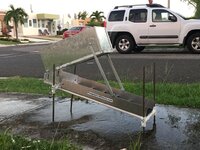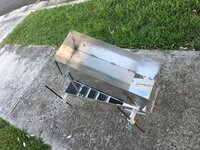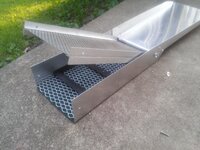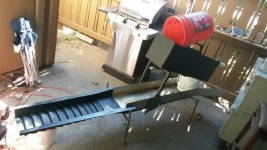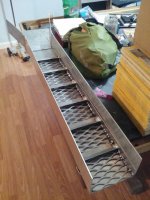Au dave
Sr. Member
- Aug 5, 2015
- 296
- 593
- Detector(s) used
- Home made drop riffle, 'zook' mini prospector, 'zook' sniper
- Primary Interest:
- Other
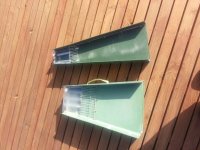
Here is a pic of my homemade zooks. Stumpy prospector (Goodguy specs.)- 24" long x 15" flare end x 8" trap end; Sniper - 30" long x 9.75" flare end x 4.5" trap end. Just finished building the sniper so tubes need 'tuning' and glueing plus handles require fitting.
Sent from my GT-I9305 using Tapatalk


